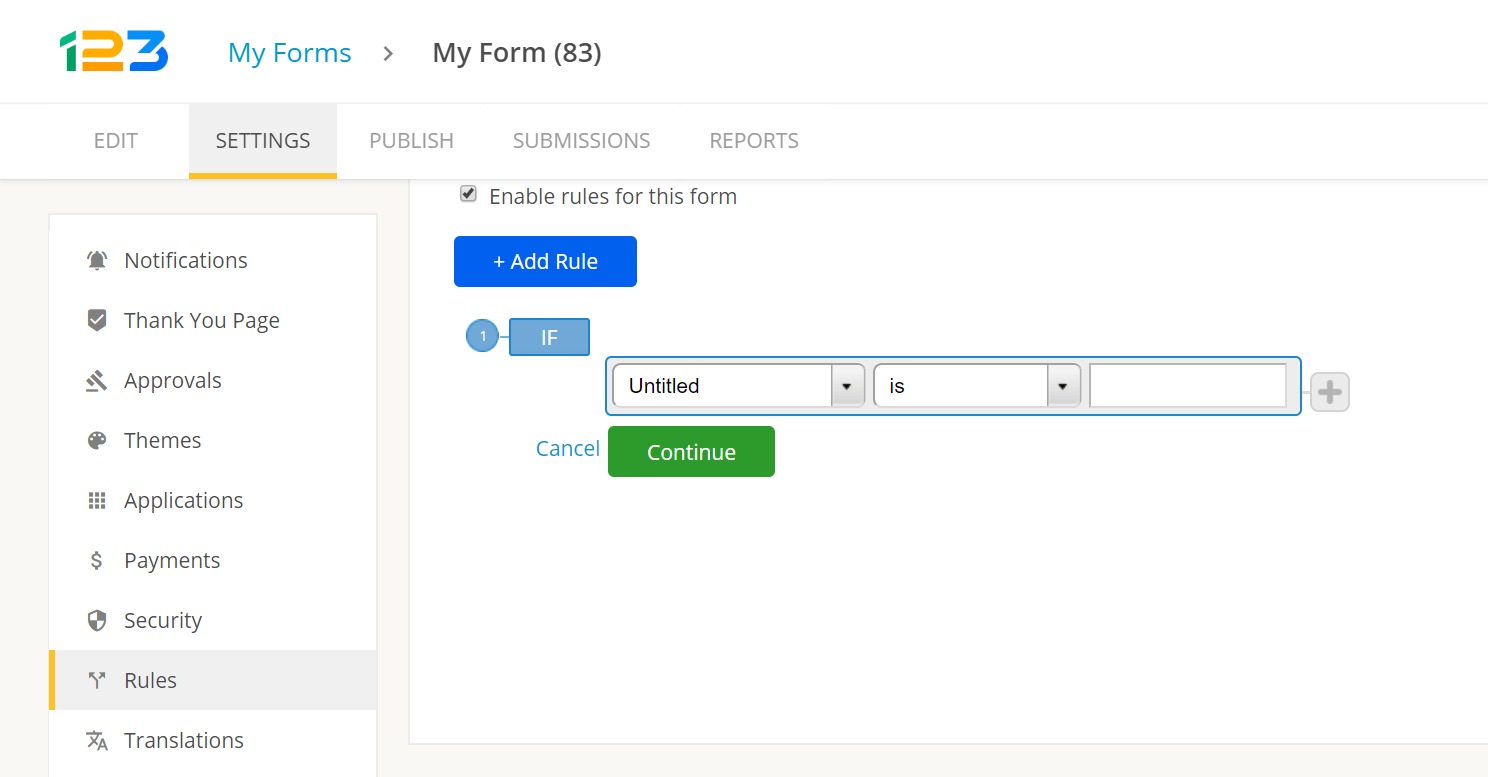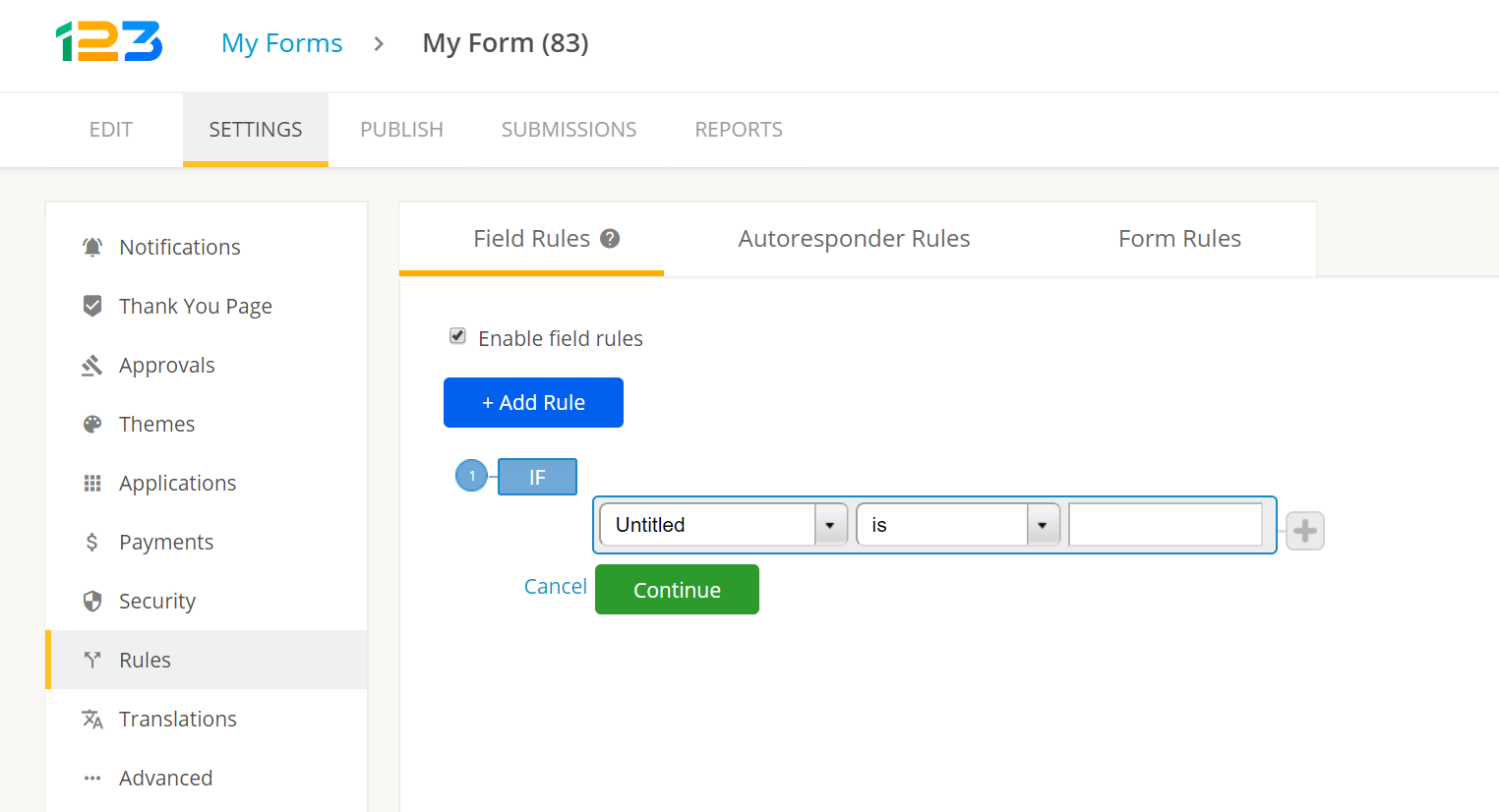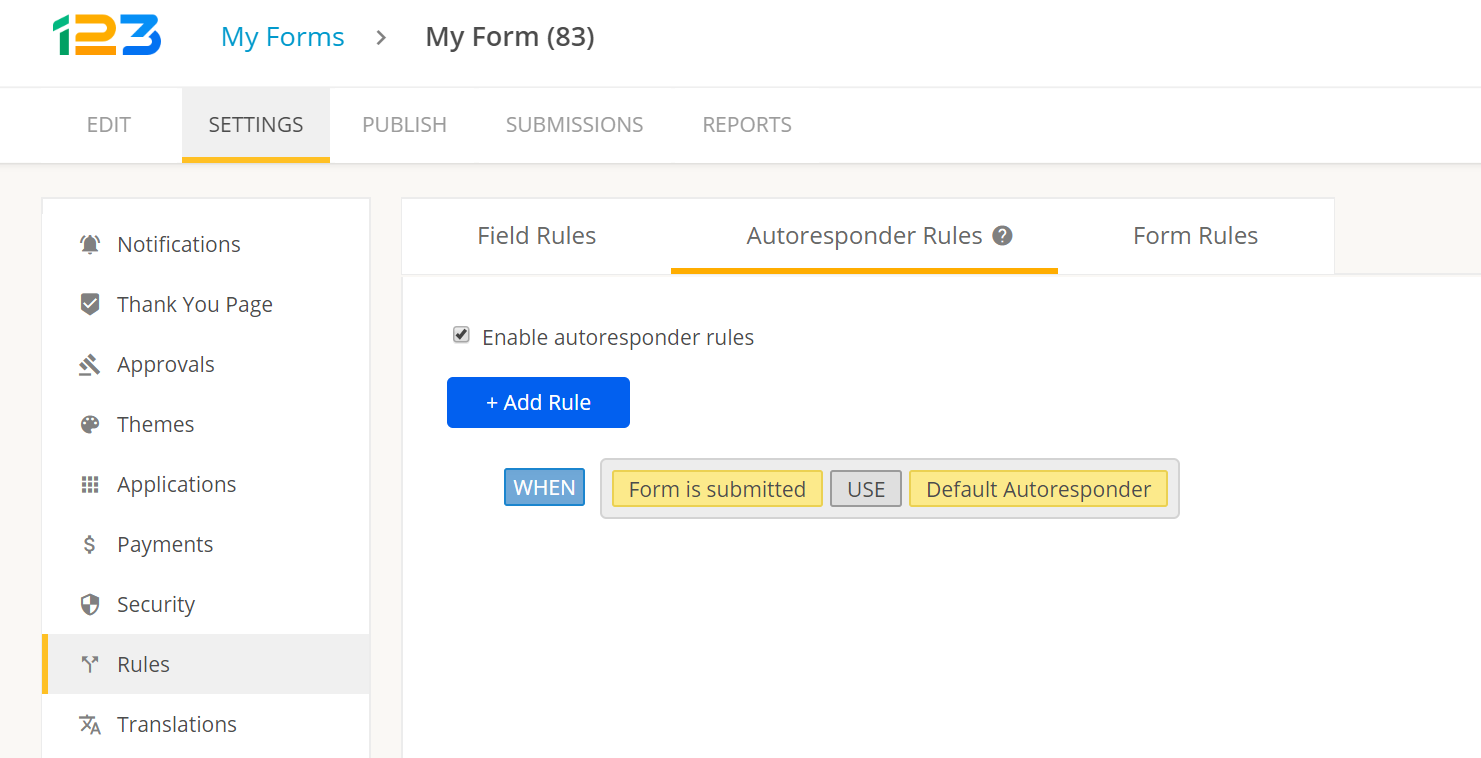Conditional Logic: The Backbone of Smart Forms
Conditional logic is everywhere. You will find it in grammar, you see it in programming, and yes, you might not be surprised by this (given what we do), you will find it in forms as well. Conditional logic forms are far more exciting and interesting than some may think. What conditional logic can do to your forms is almost magical: it can transform them into personalized workflows by allowing your site’s users to access different sections based on their answers. This means improving your data management with the information you need.
Awesome, right?
Let’s dive a little deeper into conditional logic forms, form logic, and all the things that will help you create forms that match your user behavior.
What Is Conditional Logic?
Conditional logic relies on conditional statements (more popularly known as if clauses in grammar theory). If I overeat pastry, I will gain weight. My body shape and weight are thus the logical consequence of my pastry binging habit. If you go out in the rain, you will get a cold. If we humans could live on Mars, there would be more space on Earth. You get the point – if you build a sentence that is based in the if-then paradigm, then this means you are using conditional logic. As such, the conditional logic definition could be as simple as “ a branch of logic based on if…then sentences.” Of course, we could write an entire book on the marvels and beauties of conditional logic – but we are here to exemplify and show you how to create smart forms using conditional logic.
What is a conditional logic form?
Simply put, a conditional logic form is a web form that uses conditional logic to create a personalized experience for the user. This idea might not sound like much, but it has some pretty amazing benefits to it, including (but not only):
- Keeping your forms short, sweet, and not boring
- Allowing you to create a personal experience for users, in a world that is pretty uniform at this point
- Redirect users to a particular page (e.g., a landing page tailored to sell to a specific user persona)
- Create fun quizzes (to attract people to a landing page, for example)
- Create surveys and provide personalized answers according to the users’ reply
The list goes on and on. Basically, once you learn the trick with conditional forms, your creativity is the only limit you have.
What Is a Conditional Field?
In the art of form building (because, yes, it is!), a conditional field is a form field that is hidden from the user’s view but will be unfolded depending on their behavior. If their behavior does not suit the intent of the conditional field, the form will make a logical jump and switch to the next, most suitable field. Cool, right? By the way, our conditional form builder can help you create conditional fields and forms in the most natural, intuitive way there is (wink, wink).
How to Create Forms with Conditional Logic
It would probably be futile to say that we have a form builder with conditional logic, but here it is: we do have it, and using it is easy-peasy (even I could use it!). Our conditional logic forms work in WordPress and pretty much every other CMS platform you might think of (Woocommerce, Shopify, Wix – you name it). Regardless of whether you choose to build WordPress conditional forms or if you choose other platforms to show off your forms, the basics are the same:
- You need to know what a logical form is
- You need to know the main types of conditional logic rules applicable to forms
- You need to understand how to use your conditional form builder
We have already tackled the first bullet point – and from hereon we will address the other two as well. In essence, there are three main types of rules you can use in your form building endeavors: form rules, field rules, and autoresponder rules. For the sake of logic (heh), let’s explore each of them, one by one:
- Form Rules. As the name not so creatively suggests, these are rules you can apply to the entire form. In general, you need this type of rule when you want to send users to a different page (e.g., a page that offers them more details about the product that is best for them, according to the questionnaire they have just filled in).
- Field rules. Again, the name is self-explanatory: these rules are applied to fields when you want to hide them (or reveal them) when users take specific actions on the form (e.g., if someone selects “ice cream” from a “dessert” menu, you can set a rule to show the “ice cream” menu).
- Autoresponder rules. These rules are similar to form rules, but instead of redirecting the user to a different page or website, they will send an automatic email to them (e.g., when someone subscribes to your newsletter, you might want to send them a thank you and a confirmation via email – provided you have their consent, as per GDPR, of course 😉 ).
In short, this is it. Once you nail using these rules, the world is your form-fitting playground!
How to Use 123FormBuilder to Create Forms with Conditional Branching
OK, so now the fun part: how to use 123FormBuilder’s smart form builder to create a form with conditional logic? Well, you create your online form as you would typically do it and apply the rule that fits your needs, as follows:
- Sign up or log into 123FormBuilder
- Create your form
- Click on the Settings tab
- Go to Rules
- From the horizontal ribbon, select the type of rule you want to use (as per the description we made in the previous section of this article): form rules, field rules, or autoresponder rules. Learn more about using this feature in our conditional logic guide.
Here are some screenshots of them in their full beauty and glory:
Form Rules

Field Rules

Autoresponder Rules
 That’s all; you can now officially play with form rules to the end of the world and back. As you will discover, questions, choices, and personalization can be a blessing for your site, regardless of what it may deal with. Short forms, long forms – they can all use conditional branching to create a unique experience for users (and thus, to help you convert more, as 80% of users are more tempted to buy from businesses that personalize their journey).
That’s all; you can now officially play with form rules to the end of the world and back. As you will discover, questions, choices, and personalization can be a blessing for your site, regardless of what it may deal with. Short forms, long forms – they can all use conditional branching to create a unique experience for users (and thus, to help you convert more, as 80% of users are more tempted to buy from businesses that personalize their journey).
Best Practices on How to Form Conditional Questions and Answers
It may not seem like it, but there are logical form examples all around you. No, really. That Buzzfeed quiz? That order form? That newsletter subscription you clicked “Yes” on because they were giving a 10% discount on shoes? Conditional logic forms, all of ‘em! What are the best practices to keep in mind in how to form conditional questions, answers, and forms in general? Here you go:
- Simplicity is the key. The simpler your form structure is and the easier it is to follow, the more likely it is that people will follow it.
- Don’t ask for more info than you need. Data hoarding will get you nowhere; it will just clog your systems and put you at risk. So, forget about shoe number and the name of the firstborn, stick to the basics.
- Don’t ask questions that make people search for information. Like their Social Security number, for example, or the names of all of their classmates in high school. When you do this, you drastically “improve” the chances that people will forget about your form and move on with their lives ( 🙁 ).
- Make it clear. Crystal clear. You don’t want people to “guess” the fields they have to fill in and those that are optional, and you want to avoid those annoying error messages too. It is all about creating a smooth experience, so make it soft and fluffy for users – from the very beginning to the very end.
- Test your form. It should make sense, and it should connect all the possible dots you can imagine. You don’t want your conditional logic form to fail due to a logical fallacy, right?
- A/B test your forms too. Testing for functionality is one thing, but experimenting to see the performance and efficiency of your form is an entirely different affair. An A/B test can help you determine whether or not removing or adding more fields to your conditional form will have an impact on conversion rates, subscription rates, or, overall, on how people interact with your form (and, together with it, with your business).
- Choose your words wisely. It may come without saying, but choosing your words is extremely important because it will determine the type of action your users will take.
Conditional logic can feel like a mind-boggling game – but it’s a fun one nevertheless. Once you learn how to use it, you will discover a form creator(wink, wink, again) can be a mean, lean, conversion machine. So why aren’t you getting yours already?
Load more...
